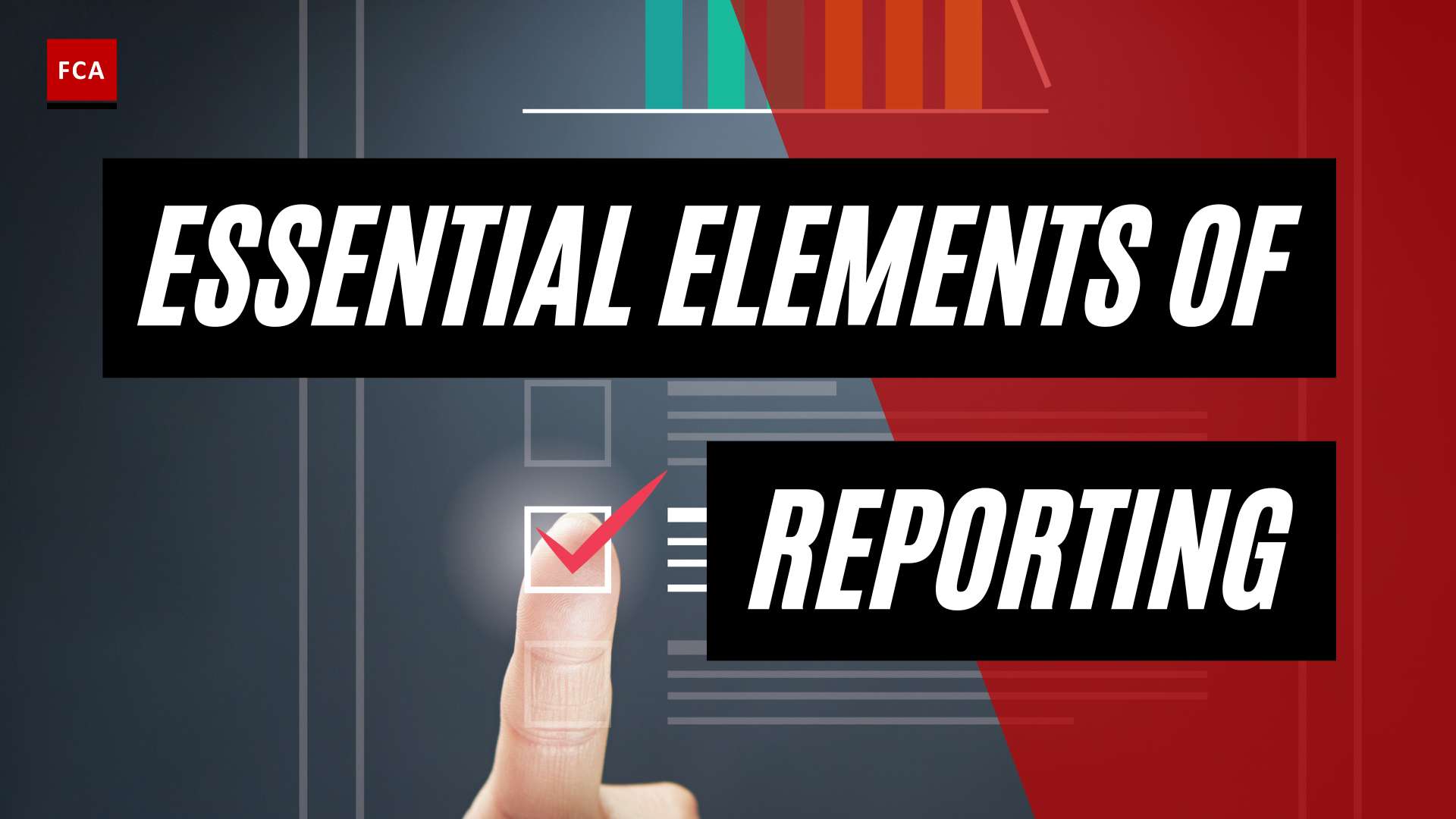Understanding AML Due Diligence
In an era of complex financial transactions and global money flows, Anti-Money Laundering (AML) due diligence has emerged as a critical practice for businesses worldwide. It plays a pivotal role in ensuring financial integrity, compliance with regulatory requirements, and prevention of illicit financial activities.
Basics of AML Due Diligence
AML due diligence is a systematic process designed to identify and assess the risk of money laundering or terrorist financing associated with customers and business partners. It forms a crucial component of a comprehensive AML compliance program, enabling businesses to protect themselves from financial crime risks and ensure a secure and trustworthy financial environment.
Typically, AML due diligence includes processes such as Identity Verification (IDV), Customer Due Diligence (CDD), and Ongoing Monitoring. These practices help businesses understand their customers’ identities, assess the associated risks, and monitor transactions for suspicious activities.
The level of due diligence conducted is often proportional to the potential risk of money laundering or terrorist financing. This can range from simplified due diligence for low-risk scenarios to more rigorous scrutiny for clients posing higher potential risks of criminal activities.
Role of Regulatory Bodies
With the increasing sophistication of financial crimes, a variety of international regulatory bodies play significant roles in shaping global AML regulations. These include the Financial Action Task Force (FATF), the European Union (EU), the United Nations (UN), among others. They are instrumental in setting standards, issuing guidelines, and proposing measures to combat money laundering and other financial crimes.
In the United States, for instance, AML due diligence procedures are essential for maintaining compliance with regulatory requirements such as the Bank Secrecy Act (BSA) and the USA PATRIOT Act. Non-compliance can result in severe penalties and reputational damage for businesses.
Moreover, bodies like the Financial Industry Regulatory Authority (FINRA) provide tools and resources to help industry professionals fulfill their compliance obligations, including Continuing Education requirements, and perform other compliance tasks.
Understanding the role of these regulatory bodies and implementing robust AML due diligence practices is not only essential for maintaining compliance but also for ensuring the integrity and stability of financial systems worldwide. For more information on AML best practices, AML policies, and AML software solutions, you can refer to our articles on aml best practices, aml policies and procedures, and aml software solutions, respectively.
Importance of AML Due Diligence
The significance of anti-money laundering (AML) due diligence cannot be overstated. It not only safeguards the integrity of financial systems but also ensures that businesses stay compliant with regulatory requirements, thus avoiding potential consequences of non-compliance.
AML Compliance and Financial Integrity
Compliance with AML regulations is paramount for ensuring the global financial landscape remains secure and robust. Given the ease and speed with which money can move across borders, AML regulations play a crucial role in maintaining financial integrity. A strong and effective AML policy can prevent the infusion of funds gained from illicit activities into the economy, thus upholding the stability of financial systems worldwide.
AML due diligence procedures are an essential part of a comprehensive AML compliance program. These procedures help businesses protect themselves from financial crime risks and ensure a secure and trustworthy financial environment for both the business and its clients. Through the transparency that AML due diligence creates in financial transactions and the accountability it establishes for clients and institutions, it contributes significantly to the overall integrity and stability of the financial system (Dow Jones).
Consequences of Non-Compliance
Non-compliance with AML regulations can result in severe penalties and reputational damage for businesses. Alleged breaches of AML regulations have led to increasingly large fines for companies, with AML fines having increased by 50% in recent years. This makes it crucial for organizations to prioritize avoiding breaches of AML regulations to avoid hefty fines.
AML due diligence is an integral component of maintaining compliance with regulatory requirements, such as the Bank Secrecy Act (BSA) and the USA PATRIOT Act in the United States, and similar regulations in other jurisdictions.
Failing to comply with these regulations can lead to an array of consequences, from financial penalties to operational disruptions, damaged relationships with customers, and even criminal charges in severe cases. Given these potential outcomes, understanding and implementing best practices for AML compliance is critical.
For more information on maintaining AML compliance, consider exploring AML software solutions or reviewing AML case studies. It is also beneficial to stay updated on the latest AML policies and procedures, AML risk management strategies, and AML compliance certifications.
Implementing AML Due Diligence
Implementing Anti-Money Laundering (AML) due diligence measures is vital for businesses, particularly those in the financial sector, to comply with regulations and prevent illicit financial activities. This process involves a series of checks and balances, primarily centered around identity verification and risk assessment.
Identity Verification in AML
Identity Verification (IDV) is a critical part of the Know Your Customer (KYC) process, where businesses must confirm and verify the identity of their clients. This is crucial in ensuring that businesses are dealing with legitimate entities, thereby preventing various illicit financial activities such as money laundering, terrorist financing, fraud, and corruption (KYC-Chain).
AML due diligence involves verifying the identity of clients or potential clients using reliable identification methods and sources (Trulioo). This verification process forms the first line of defense against illicit activities and is crucial to the effectiveness of any AML program. For more information on effective identity verification, you can refer to our AML customer identification program.
Risk Assessment in AML
Risk assessment forms a significant part of AML due diligence. It involves understanding the nature of a client’s financial activities and assessing the risks associated with them (Dow Jones). These risks can vary based on factors such as the client’s risk profile, the complexity of the transactions involved, and the geographic locations of the parties involved.
CDD includes Know Your Customer (KYC) checks, evaluation of client conduct, transaction history, and behavior analysis, to identify suspicious activities that could pose a risk to the business, such as dealings with politically exposed persons (PEPs) or being on sanction lists.
Risk-Based Customer Due Diligence is advised by the Financial Action Task Force (FATF) to address the specific level of AML risk individual customers pose, allowing for faster and more efficient checks for low-risk customers and more Enhanced Due Diligence (EDD) for high-risk customers (Veriff).
The risk assessment process is not a one-time event. Instead, it forms part of ongoing monitoring activities that are vital to detecting and preventing money laundering activities. For comprehensive guidelines on conducting risk assessments, refer to our AML risk assessment article.
By implementing thorough identity verification and risk assessment processes, businesses can significantly enhance their AML due diligence efforts. These processes, coupled with ongoing monitoring and continuous updates to AML policies and procedures, help ensure regulatory compliance and safeguard businesses from potential financial crimes.
Advanced Techniques in AML Due Diligence
As part of an organization’s ongoing commitment to AML due diligence, there are certain advanced techniques that can be employed to further strengthen their compliance efforts. In particular, Enhanced Due Diligence and Risk-Based Customer Due Diligence stand out as key strategies.
Enhanced Due Diligence (EDD)
Enhanced Due Diligence (EDD) represents a more comprehensive level of due diligence required for clients deemed to be of higher risk or engaging in higher-risk transactions. This deeper level of scrutiny helps in identifying and managing risks more effectively. EDD involves investigating higher-risk clients more thoroughly, especially politically exposed persons (PEPs) or entities from high-risk jurisdictions.
EDD is a crucial component of AML compliance where companies conduct a more thorough investigation of high-risk clients to identify and mitigate potential money laundering and terrorist financing risks (LexisNexis).
In practice, EDD may involve obtaining additional information on the client’s background, source of funds, and reasons for transactions. This information can provide valuable insight into potential risks associated with the client.
For more information on EDD and how it fits into the broader AML framework, refer to our article on AML policies and procedures.
Risk-Based Customer Due Diligence
Risk-Based Customer Due Diligence is another advanced technique in AML due diligence. This approach tailors the level of due diligence to the level of risk associated with a particular customer. This method allows organizations to allocate their resources more efficiently, focusing more on high-risk areas while still maintaining compliance across all areas.
Risk-Based Customer Due Diligence can be particularly effective when dealing with complex or large-scale transactions where the risk of illicit activity may be higher. By conducting a thorough risk assessment, organizations can better understand the potential risks and implement appropriate measures to mitigate them.
One such measure is the implementation of EDD for high-risk individuals or large transactions, helping to accurately evaluate the risk category of the customer and avoid fines or regulatory scrutiny.
For more information on Risk-Based Customer Due Diligence and other advanced AML techniques, refer to our articles on AML risk assessment and AML risk management.
Ongoing AML Compliance Practices
To maintain the integrity of financial institutions and curb financial crimes, it’s crucial to have ongoing Anti-Money Laundering (AML) compliance practices in place. These practices include vigilant monitoring and reporting of transactions, diligent record-keeping, and continuous training.
Monitoring and Reporting
Monitoring and reporting are fundamental aspects of AML due diligence. Companies are required to maintain accurate records of financial transactions related to customers and promptly report any suspicious activity or transactions related to money laundering or terrorist financing to the relevant authorities.
Effective AML transaction monitoring enables institutions to identify unusual or suspicious behavior, which could indicate money laundering or other illicit financial activities. This information is key to maintaining a robust AML risk management strategy.
Record Keeping and Training
Record-keeping is another essential component of AML compliance. Keeping accurate records ensures compliance with regulations and provides evidence during investigations into money laundering activities. Firms should have well-documented AML policies and procedures to guide their AML efforts.
Training and education are equally important. Companies should provide employees with appropriate training on anti-money laundering legislation and regulations. Equipped with this knowledge, employees can identify signs of potential money laundering or terrorist financing activities and respond effectively without compromising company operations or data security protocols. For those considering further training in this field, explore options for AML compliance certifications.
A strong and effective AML policy can prevent the infusion of funds gained from illicit activities into the economy, maintaining the integrity and stability of financial systems worldwide. With AML fines having increased by 50% in recent years, it’s crucial for companies to prioritize avoiding breaches of AML regulations to avoid hefty fines (LexisNexis).
For more insight into AML compliance practices, you can refer to our AML case studies or consider leveraging AML software solutions to streamline your AML due diligence process.








